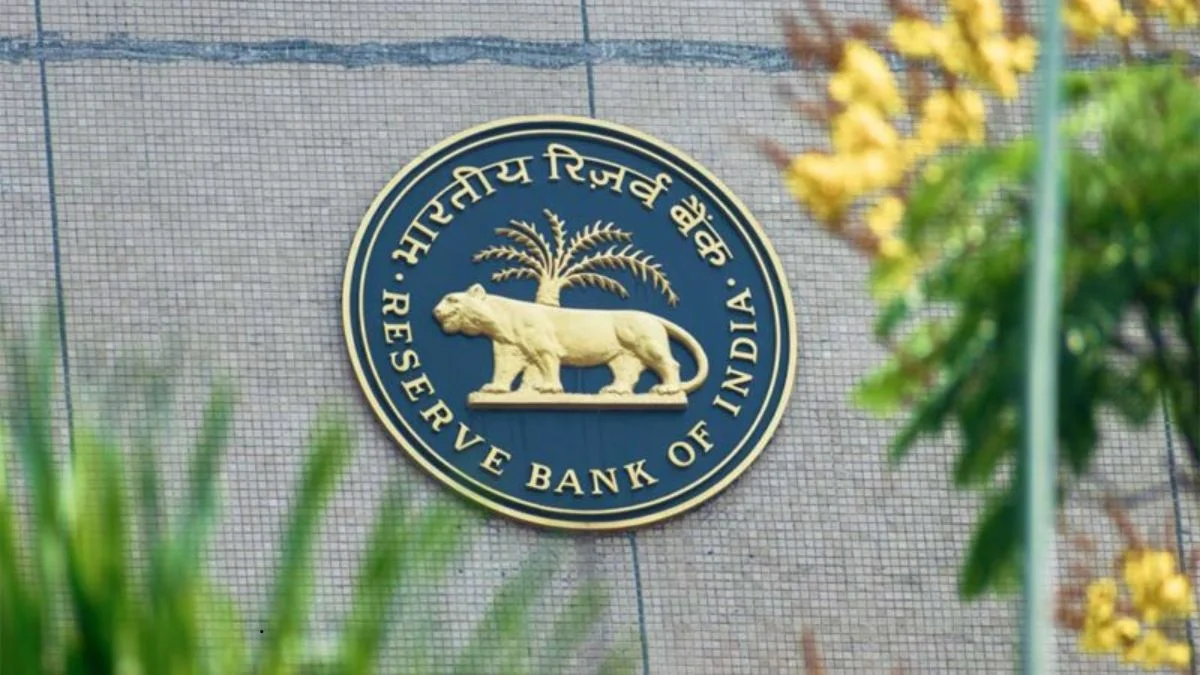The Reserve Bank of India (RBI), at its Monetary Policy Committee (MPC) meeting held from June 4 to 6, 2025, announced a 50 basis points (bps) cut in the repo rate to 5.50 percent, along with a plan to reduce the Cash Reserve Ratio (CRR) by 100 bps — from 4 percent to 3 percent — staggered in four tranches.
Together, these moves signal a strong push toward supporting economic growth while managing inflation expectations that have now moderated.
What does a 50 bps repo rate cut mean?
The repo rate is the rate at which RBI lends to commercial banks. A cut in repo rate lowers borrowing costs for banks, which can then pass on lower interest rates to businesses and consumers.
RBI highlighted that inflation has moderated significantly — with CPI inflation at a nearly six-year low of 3.2 percent in April 2025 — and now projects FY26 inflation at just 3.7 percent, well below its 4 percent target.
With inflation risks easing and global growth uncertainties persisting, RBI wants to stimulate domestic demand — especially private consumption and investment — through a front-loaded rate cut.
What does a 100 bps CRR cut mean?
RBI also announced a 100 bps reduction in CRR, which will be implemented in four steps of 25 bps each — beginning September 6, October 4, November 1, and November 29.
CRR is the portion of banks’ deposits that must be parked with RBI as reserves. Cutting CRR releases liquidity into the banking system.
RBI estimates that by the end of November, the CRR cut will inject about Rs 2.5 lakh crore of primary liquidity into the system.
This will:
-
Lower cost of funds for banks
-
Boost transmission of monetary easing to lending rates
-
Support credit growth
Why is RBI doing this now?
RBI’s statement makes it clear that with growth remaining below aspirations and inflation moderating, it is time to shift focus more toward growth.
Other key reasons:
-
Global growth risks persist due to trade and geopolitical tensions
-
India’s own investment cycle is picking up (higher capex, better corporate balance sheets)
-
Inflation is well under control — giving space for policy easing
-
Stimulating credit flow is key to sustaining growth momentum
RBI also shifted its policy stance to neutral, indicating it will now watch data carefully before deciding future moves.
What does this mean for markets?
Bond market: Positive, bond yields likely to soften further on liquidity boost and rate cut
Banking sector: Lower cost of funds, potential margin support as lending picks up
Credit growth: Expected to accelerate into H2FY26
Equity market: Positive for rate-sensitive sectors such as banks, autos, real estate
Rupee: Stable, as inflation remains in check and real rates stay positive
The bottom line
RBI’s dual move — a 50 bps repo cut and 100 bps CRR cut — is a decisive policy shift to spur growth.
With inflation well-controlled, and global uncertainties continuing, RBI is making sure liquidity remains ample and that lower rates are transmitted to borrowers.
This could set the stage for a stronger second half for the Indian economy and for credit and investment activity to pick up pace.
Disclaimer: This article is for informational purposes only and does not constitute investment advice. Readers are advised to consult their financial advisors before making any investment decisions.


